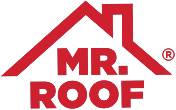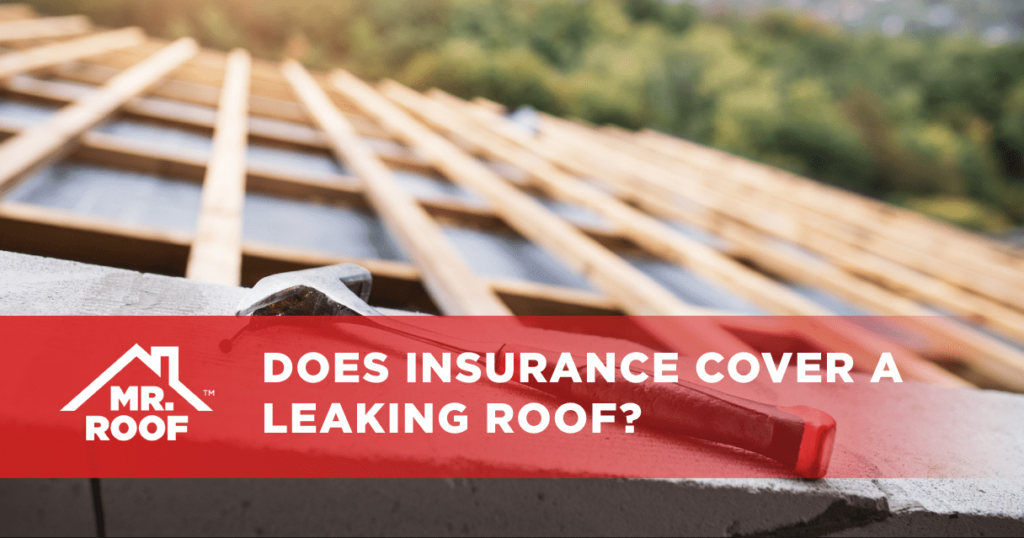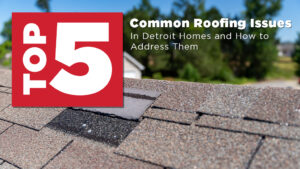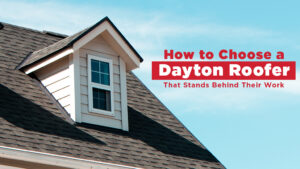A roof leak is one of the most common problems that a homeowner is going to run into in the course of their house’s life, particularly if it’s an older house. So naturally, that leads you to wondering if your homeowners’ insurance will cover a leak if it happens. The shortest answer is that most policies cover accidents for the most common causes, but each policy requires specific careful reading to make sure that they will cover your issues.
What does homeowners’ insurance usually cover?
- Storms and weather events
Most policies cover a huge amount of sudden accidental damage, environmental damage that could happen to anyone regardless of where their house is, and unpredictable weather events. One of the clearest examples of this is in the case of snow, ice, or sleet weight causing a roof collapse because predicting the exact amount of any of these precipitations over a period that would cause a roof collapse is incredibly difficult.
Similarly, windstorms and falling objects such as trees or hail are typically covered. Lightning strikes are another very typical coverage area for these kinds of claims. Storms can frequently trigger fires, which are also typically covered.
- Malfunctioning amenities or utilities
Another area that is typically covered is where well-maintained utilities or devices in the house malfunction and cause damage to the roof. A clear example of this is frozen or leaking pipes that soak through the underside of the roof. Similarly, malfunctions of your heating or air conditioning systems are likely to be covered under the same logic.
Another place where coverage tends to apply is in the case of electrical malfunctions that cause damage to the roof and trigger a fire or other damage to the roof.
- Other people
Last, if it’s not your fault or the fault of a guest or another resident of the house, it’s likely to be covered. This means that if someone damages your roof while vandalizing it or breaking in, that will usually be covered. It also applies to more significant problems such as explosions, riots, or even a car or plane crashing into your house. If it’s not something or someone that you planned on coming into your house, you won’t have to worry about paying more than your deductible for it.
What doesn’t homeowners’ insurance typically cover?
- Predictable natural risks
Certain areas are more prone to damage from a wide variety of sources. For example, houses built in floodplains or along the coast have a reasonable risk of being flooded out on a semi-regular basis. Unfortunately, this means that usually, this type of damage isn’t going to be covered under a homeowner’s policy and will instead need to be covered separately by flood insurance.
Another type of predictable natural risk is earthquakes or landslides. Where these things are likely to happen is a matter of public record, and so a homeowner will require a separate earthquake policy to pay for any damages caused by earthquakes or landslides.
- Preventable natural damages
Not all damage from natural sources is predictable, but a good amount of it is easily preventable by most homeowners. One of these areas is damage done by animals, including pets or insect damage. But, again, this kind of damage takes place over a long period and is almost always preventable by the homeowner somewhere along the line.
Another case of slow, progressive damage that isn’t covered is infiltration by plants, mold, or other fungus. Unless the growth is the result of an otherwise covered roof leak reported in a timely fashion, such damage would have shown up over the course of weeks, months, or years. This means that the homeowner would have had plenty of time to act to prevent it.
This principle of slow, progressive damage even extends to issues that you might otherwise think would be covered by insurance. A prominent example of this is the warping of your building’s foundations, causing instability in the building. Even though this isn’t easy to deal with as a homeowner because it is happening progressively, most homeowners’ insurance policies will not cover it. Similarly, even though the homeowner may have very little control over it, the progressive damage of smog, rust, or corrosion on a house that may degrade the roof is also not covered.
Basically, if you have time to act against it appropriately, your homeowners’ insurance isn’t going to be much help.
- The acts of governments
Usually, insurance isn’t going to cover damage from the government. If a government entity decides to put in work or take a portion of your property through eminent domain and damages your roof or house in the process, you would have to take up the issue with that entity, and your insurance would almost certainly not cover the damage.
How to mitigate costs in repairs
One of the most significant ways to save yourself money, whether a leak is covered or not, is to find or prevent leaks as quickly as possible. The longer a leak goes on, the larger the extent of the damage is going to be and the more expensive it’s going to be. Quickly found, a small leak that you could slap some rubber sealant on will run you a $100 or less, while one that has had time to do severe damage to the plywood, flashing, and timbers around it could easily run you over $3,000 or more before you are done with it.
For some folks, that money could be the difference between being able to stay on track with their plans and having to foundationally change their plans for the future. It should also go without saying that once you’ve found a problem, you should have a professional come out and look at it to take care of repairs. Improper repairs of your roof will add up to a lot of recurring costs for you in the long term, and relatively easy things can come undone if they aren’t done with care, attention, and skill.
- Finding leaks before they are a big problem
After any severe weather event or long period of being away from your home (at a minimum once or twice a year), you should check over the integrity of your roof very carefully. Any abnormalities in your roofing could potentially be the source of a leak or the beginning of one yet to come. Some of the essential things to look for are misaligned or missing shingles and raised nails, which can let water creep under them and can quickly happen during high wind events or due to the burrowing of critters.
As you work your way around the roof, you should take extra time to evaluate any vent pipes or chimneys on your roof for cracks. These can form due to ice damage, plant infiltration, or impact though they can also form due to natural shifting of your house settling or during wind. In any case, these can be significant places for severe leaks to form.
Last, make sure to regularly inspect your gutters, as a misaligned gutter can channel water back into the house under the roof and give the appearance of a roof leak, causing a major problem in a very short time.
- Finding an active leak
If you have an active roof leak, you will need to track that down as quickly as possible. Visual inspection of your roof as above can help track down your easiest targets, but not all leaks are easily spotted. If you’re still having trouble finding the source of an active leak, you can trace moisture and mold tracks through the attic, as they will be connected to the crack.
If you still haven’t found the source of a crack, you may consider teaming up with another person and using a hose to systematically wet your roof on a dry day. This may seem counter-intuitive, however using this method, you can control how much water is entering your home rather than leaving that amount up to nature and having to attempt to find a leak during a storm. By wetting one patch of roofing at a time and having someone inspecting from below, you can track down the leak and find it.
If you’ve done a visual inspection and wet your roof, and you’re still having trouble finding the source of a leak, it’s worth considering that the leak could be in the plumbing. Go over all of your pipes carefully to make sure they aren’t leaking.
Is it worth having insurance cover it?
Depending on your deductible and how long it has been since your last claim, the effect that a claim can have on your premium may not be worth submitting unless it is significantly above your deductible.
However, no matter which way you choose to pay, we’ll be there to help you out when you need it. Mr. Roof responds to every job with a guarantee that we’ll get the job done professionally and restore your peace of mind.









